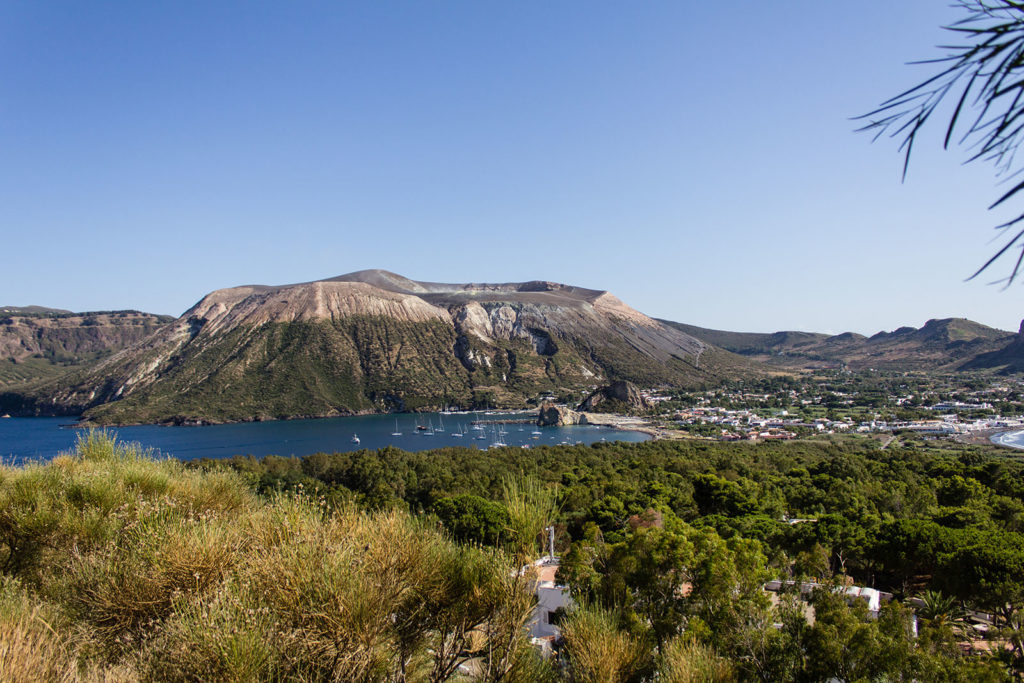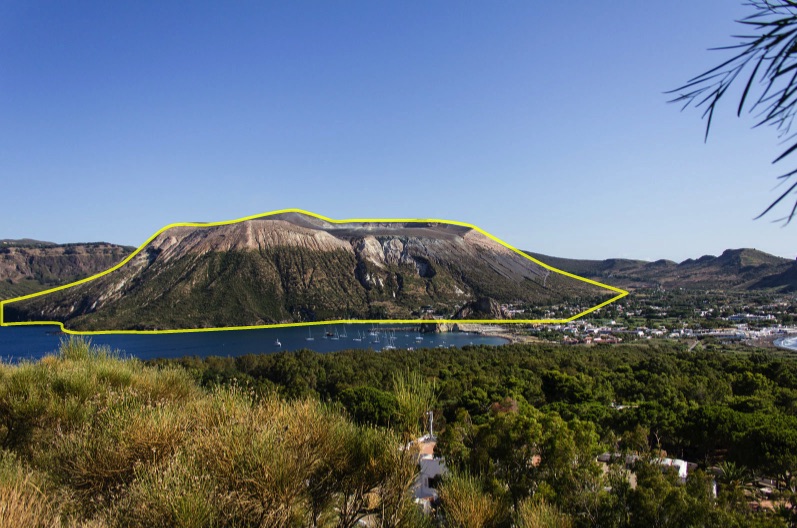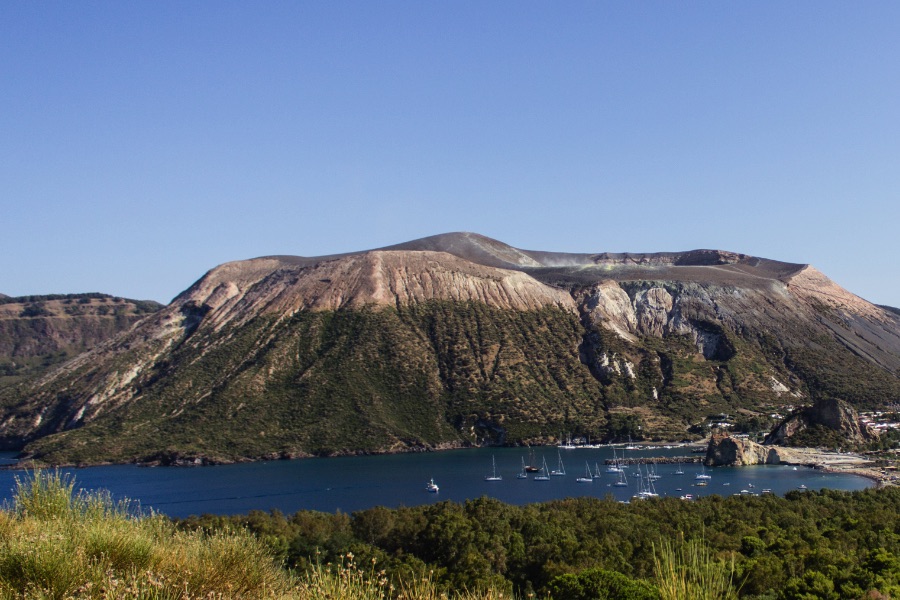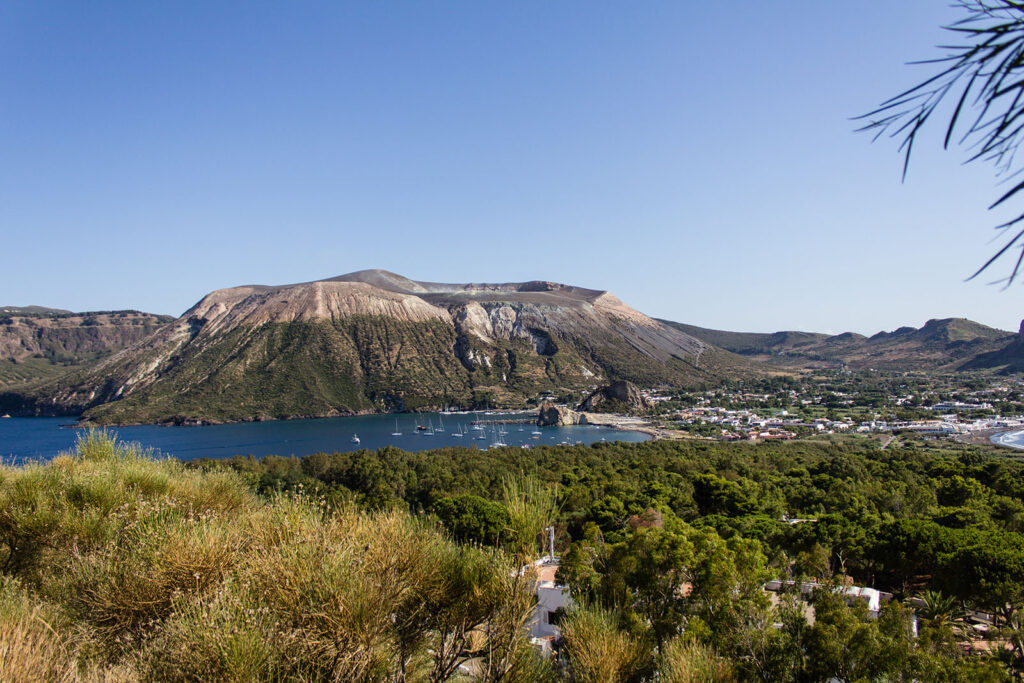The Island of Vulcano is a perfect example of how the shapes and colours created by its magmatic nature change over time. It is one of the youngest of the Aeolian Islands, as subaerial activity began “only” 127,000 years ago. In this “brief” time, however, several
volcanic structures
overlapped, with the main emission centre gradually moving northwards.

One of the main characteristics of Vulcano’s magmatic system is the formation of a
caldera collapse
at the end of the activity of each eruptive centre.
Volcanic activity above sea level began in the current south-western part of the island, with the formation of a volcanic cone. Its collapse led to the formation of the Caldera del Piano, one of island’s the most important morphological elements. Around 78,000 years ago the eruptions moved northwards, to the area where the Fossa cone is present today, with the formation of several small eruptive centres.
Finally, the current Fossa cone began to form around 8,000 years ago, with a series of volcanic eruptions often accompanied by small lava flows. This intense volcanic activity, combined with the constant
fumarolic activity
present in the Gran Cratere of La Fossa, fed the myth of Hephaestus during Greek and Roman times, and many other legends in later centuries. The
last eruption from 1888-90
was also characterised by vulcanian eruptions: this was one of the first eruptions in the world to be observed and studied in first person, by the scientist Giuseppe Mercalli.
Together with Etnean volcanologist Orazio Silvestri, he studied the eruptive mechanisms and the chemical-physical characteristics of Vulcano’s magma.


